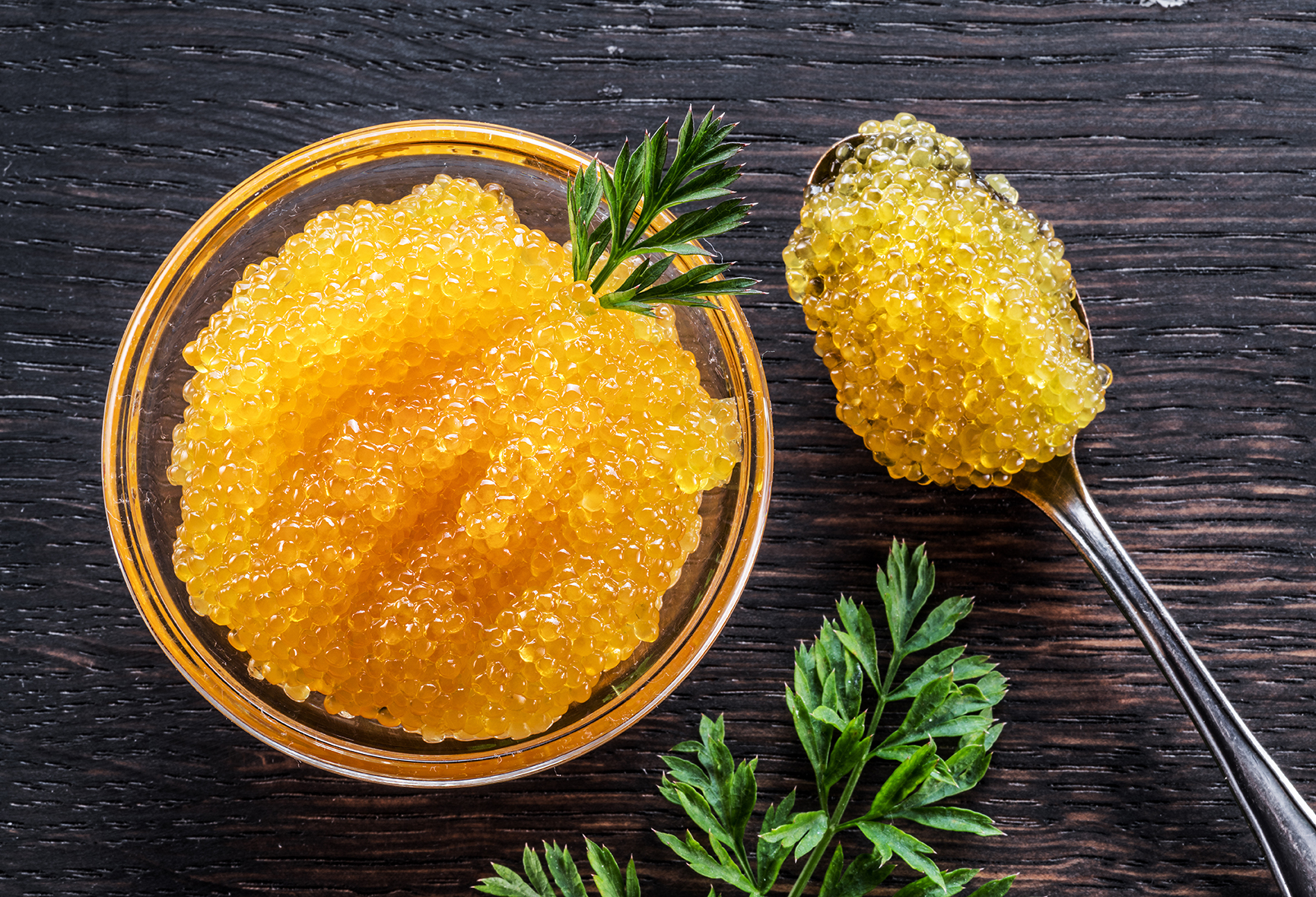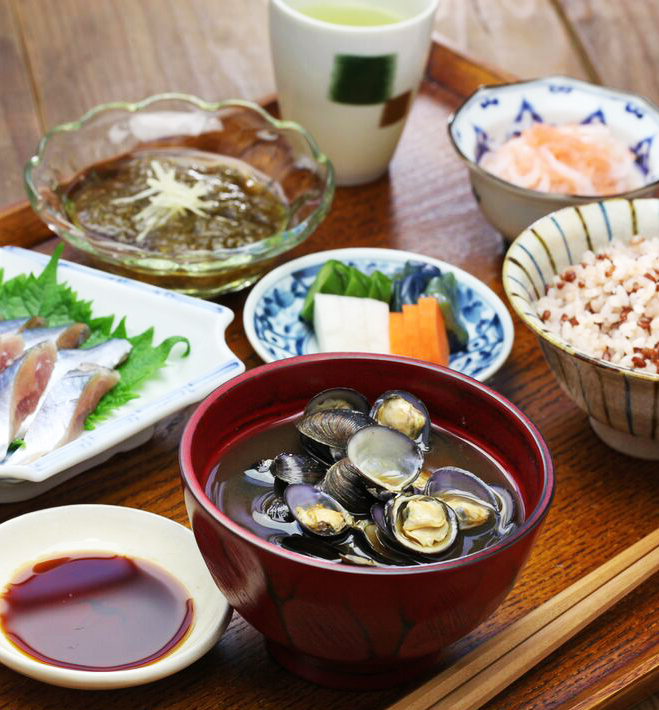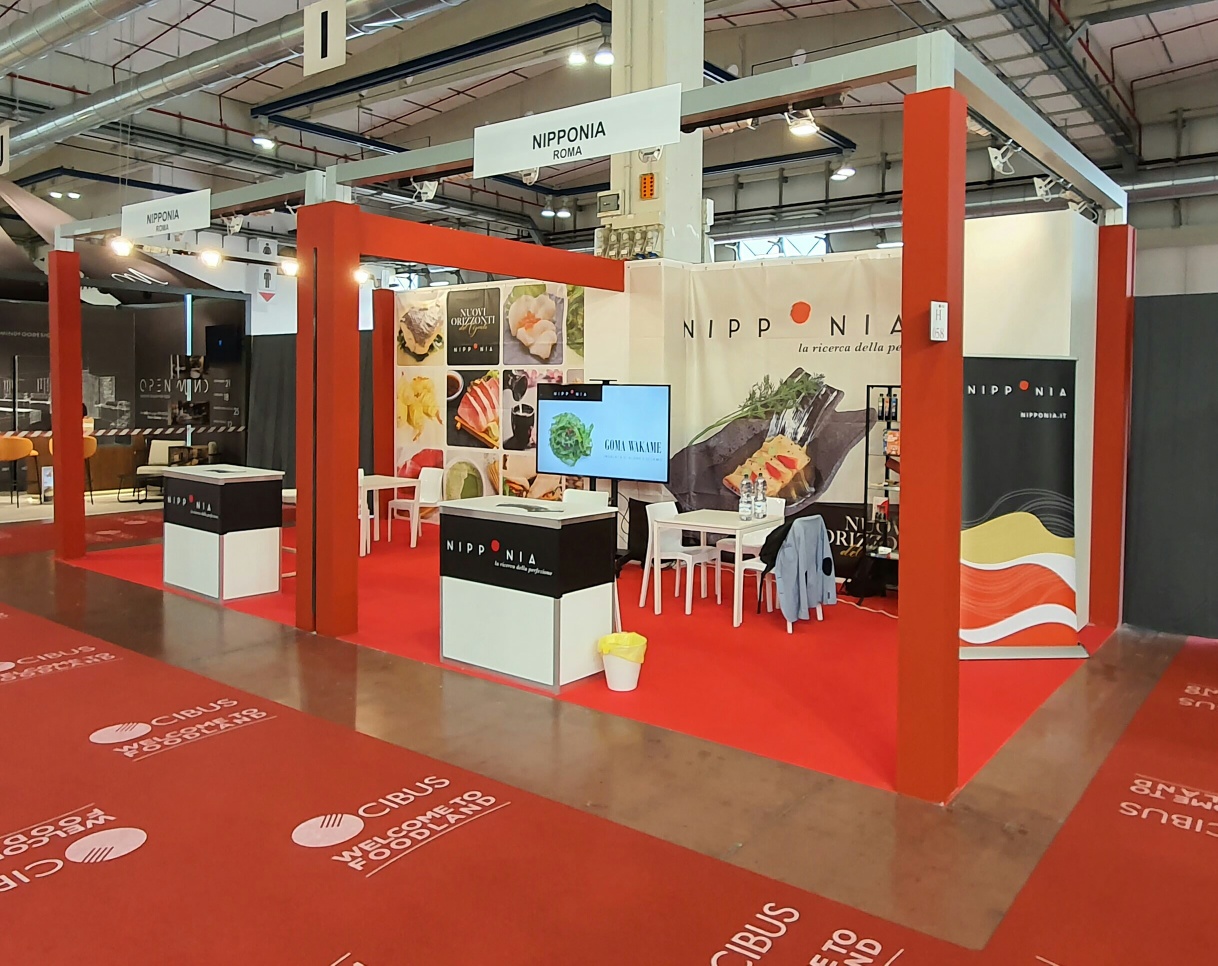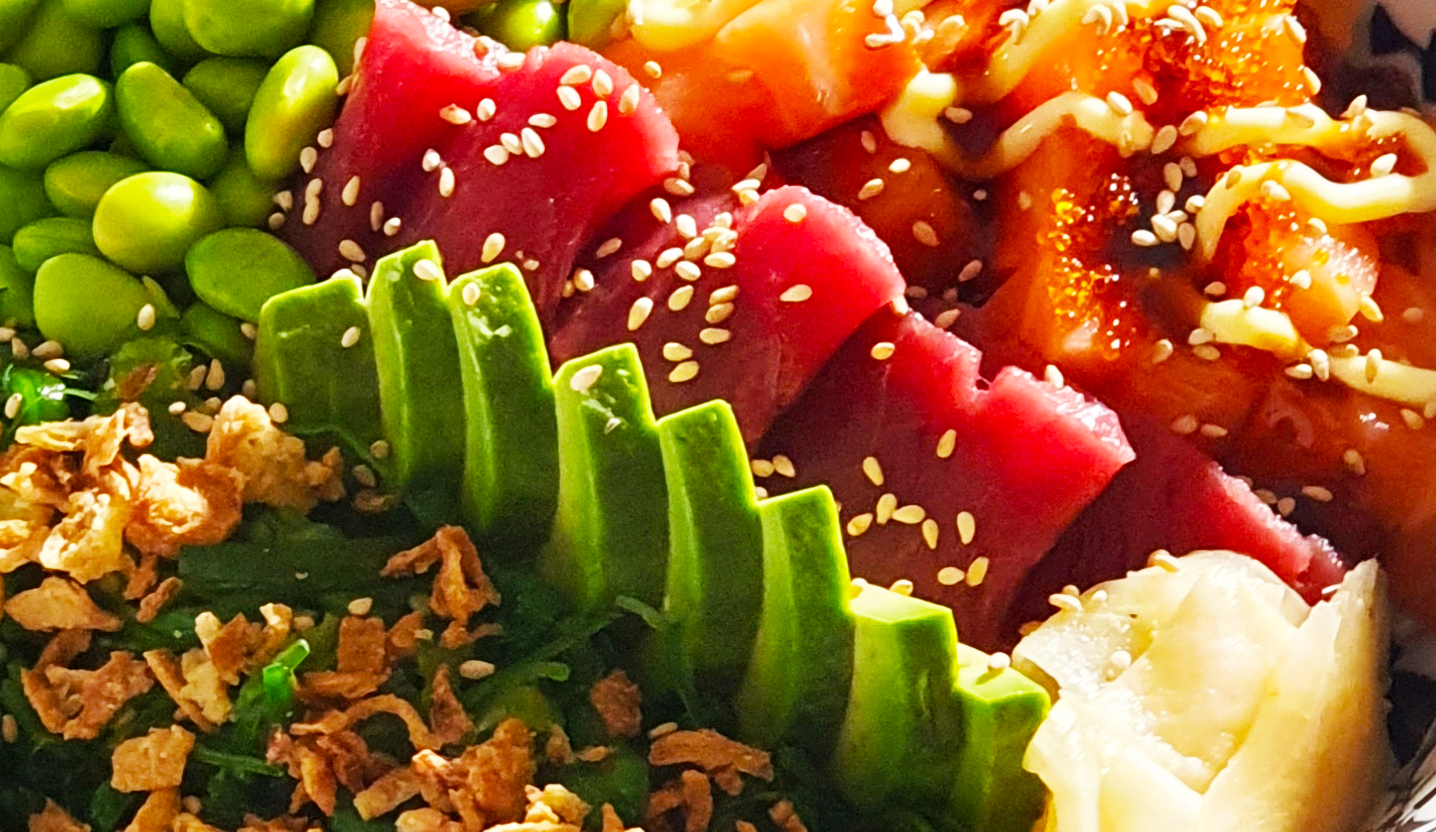What is tobiko, and how is it used?
The popularity of Japanese cuisine has brought with it the celebrity of so many ingredients that are now established as the hallmark of sushi: first and foremost, the colorful
Tobiko
.
The Japanese word Tobiko means “flying fish eggs”-these little flavorful contents color and flavor the dishes of Japanese cuisine, especially sushi, which is credited with making tobiko famous, and are beloved for their delicate, refined taste and distinctive colorations.
Among fish eggs, tobiko eggs are larger than Masago eggs of capelin fish, but smaller than Ikura eggs, which are from wild Alaskan salmon.
What does the tobiko taste like?
The taste of tobiko presents a delicately smoky flavor with a salty note and slight sweetness. The texture is slightly crunchy on the palate and therefore perfect for making sushi, crab cakes and other fish and rice dishes typical of Japanese cuisine.
Because of its characteristics, tobiko is used sparingly in a variety of Japanese dishes to provide a chromatic touch and slight savoriness.
The Tobiko Rainbow
The process that is used to color tobiko is done only with natural ingredients and with respect for the organoleptic characteristics of the product.
Tobiko orange
, is one of the color variants of flying fish eggs, particularly popular for its unique texture and taste.
Red tobiko
, takes on this color because of the beet root that makes the eggs bright red.
Black tobiko
, this type of egg takes on the color black as it is flavored and colored with squid ink.
Green tobiko
, which takes on this coloring due to wasabi making it green and spicy.
Yellow tobiko
, thanks to yuzu, a Japanese citrus lemon, which gives this color to fish eggs.
What Tobiko is good for
Tobiko is an ingredient rich in vitamins C, E, and B2 in addition to being rich in essential nutrients and fatty acids such as Omega-3. In fact, tobiko is rich in protein and amino acids, as well as being low in calories and rich in minerals and nutrients such as magnesium and selenium, which are responsible for producing antioxidants.
The difference between Tobiko, Caviar and Ikura
The major difference between these types of eggs is that they are from different types of fish and therefore have different tastes, textures, sizes, and colors.
The
tobiko
has a natural red-orange color and is used to garnish Japanese dishes or can also be eaten on its own. In some cases it can be confused with masago, however, which is characterized by brighter colors and smaller eggs.
Caviar, traditionally refers to a food obtained as a result of processing and salting the eggs of different species of sturgeon. In most cases it is used to garnish and decorate dishes: visually it appears as small black balls, but the size can vary depending on the fish.
L’
ikura
is a prized Alaskan sockeye salmon caviar commonly used in Japanese cuisine. Thus, these are salmon eggs in appearance very similar to sturgeon caviar but different in color because ikura is bright red in color, slightly transparent and uniform on the outside, with a very soft inner texture.
In Japanese cuisine, Ikura is a highly prized ingredient that is mainly used in theikura don e ikura gunkan, to garnish rice or seafood dishes, creating a pleasing contrast both aesthetically and in terms of its flavor, which gives dishes a greater savoriness.
In Japanese cuisine, Ikura is a highly prized ingredient that is mainly used in theikura don e ikura gunkan, to garnish rice or seafood dishes, creating a pleasing contrast both aesthetically and in terms of its flavor, which gives dishes a greater savoriness.




